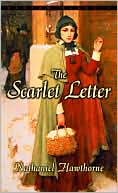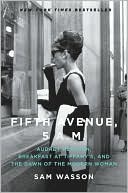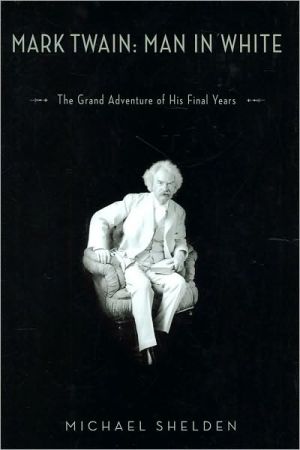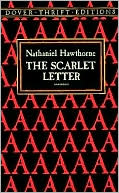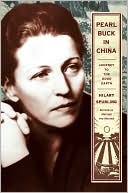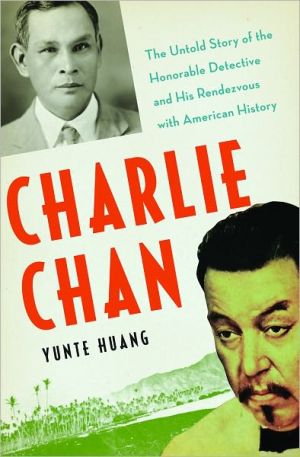Enter the New Negroes: Images of Race in American Culture
With the appearance of the urban, modern, diverse "New Negro" in the Harlem Renaissance, writers and critics began a vibrant debate on the nature of African-American identity, community, and history. Martha Jane Nadell offers an illuminating new perspective on the period and the decades immediately following it in a fascinating exploration of the neglected role played by visual images of race in that debate.\ After tracing the literary and visual images of nineteenth-century "Old Negro"...
Search in google:
With the appearance of the urban, modern, diverse "New Negro" in the Harlem Renaissance, writers and critics began a vibrant debate on the nature of African-American identity, community, and history. Martha Jane Nadell offers an illuminating new perspective on the period and the decades immediately following it in a fascinating exploration of the neglected role played by visual images of race in that debate. After tracing the literary and visual images of nineteenth-century "Old Negro" stereotypes, Nadell focuses on works from the 1920s through the 1940s that showcased important visual elements. Alain Locke and Wallace Thurman published magazines and anthologies that embraced modernist images. Zora Neale Hurston's Mules and Men, with illustrations by Mexican caricaturist Miguel Covarrubias, meditated on the nature of black Southern folk culture. In the "folk history" Twelve Million Black Voices, Richard Wright matched prose to Farm Security Administration photographs. And in the 1948 Langston Hughes poetry collection One Way Ticket, Jacob Lawrence produced a series of drawings engaging with Hughes's themes of lynching, race relations, and black culture. These collaborations addressed questions at the heart of the movement and in the era that followed it: Who exactly were the New Negroes? How could they attack past stereotypes? How should images convey their sense of newness, possibility, and individuality? In what directions should African-American arts and letters move?Featuring many compelling contemporary illustrations, Enter the New Negroes restores a critical visual aspect to African-American culture as it evokes the passion of a community determined to shape its own identity and image.Journal of American StudiesMartha Jane Nadell brings a fresh approach to the study of "the New Negro." Nadell's account explores the debate among African American artists about African American identity: what or who were the New Negroes, and how best to represent them?...Nadell should be applauded for her skilful handling of both visual and textual representations and for raising important, but hitherto neglected, questions about how these two forms interact, in a way that must change the way in which we read familiar texts.— Kate Dossett
1Exit the Old Negro102Enter the New Negro343Fy-ah684Them big old lies935Realistic tongues1136Silhouettes140Epilogue : newer Negroes160
\ Journal of American StudiesMartha Jane Nadell brings a fresh approach to the study of "the New Negro." Nadell's account explores the debate among African American artists about African American identity: what or who were the New Negroes, and how best to represent them?...Nadell should be applauded for her skilful handling of both visual and textual representations and for raising important, but hitherto neglected, questions about how these two forms interact, in a way that must change the way in which we read familiar texts.\ — Kate Dossett\ \ \ \ \ \ Library JournalNadell (English, Brooklyn Coll., CUNY) analyzes how African Americans were characterized in literature in the early 1920s: men as Uncle Toms or Sambos and women as Mammies or Jezebels. Copyright 2004 Reed Business Information.\ \

